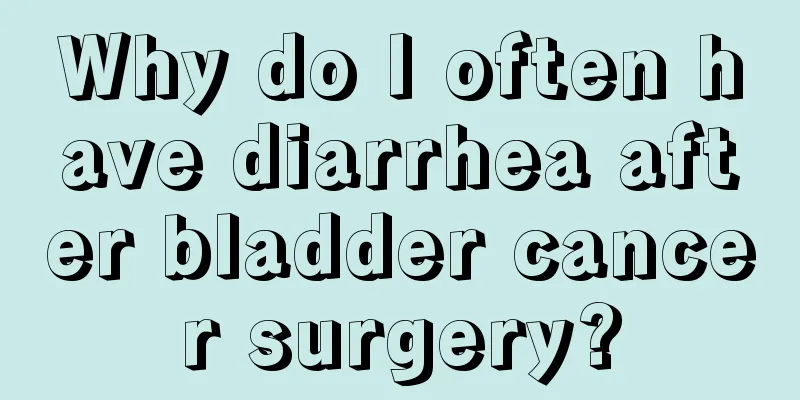Can I still straighten my teeth at the age of 40?

|
The age of 40 is quite confusing. With the arrival of middle age, the body has entered the old age stage. Coupled with excessive fatigue, many old age problems have come to us, such as lumbar pain, bone relaxation, and even lumbar vertebrae deformation and knee problems. The most unacceptable thing is that the teeth have not been corrected. At the age of 40, the effect of correcting teeth will not be as good as that of adults, but specific diagnosis is required for correction. The best age for orthodontics Adults have more limitations when it comes to receiving comprehensive orthodontic treatment than children. Tooth bite problems are caused by poor development of the upper and lower jaws. Since the face and bones of an adult have basically been formed, they must be cured through orthodontic treatment. Only by combining orthodontics and maxillofacial surgery can deviations in jaw development in adults be corrected. Functional appliances used to correct jaw structure in children are generally not successful in adults. More and more adults are also seeking orthodontic treatment to improve their smile, correct their bite or correct other problems caused by injury, disease or long-term neglect of oral care. In today's society, people place more emphasis on personal appearance and health, and having a nice smile [and straight teeth] can give you a boost of confidence. A healthy, beautiful smile can boost self-confidence at any age. Healthy teeth can be moved at any age. Many orthodontic problems in adults can be solved just as easily as in children. The forces applied during orthodontic treatment have the same effect on tooth movement in a sixty-year-old adult as in a twelve-year-old child. Of course, because the facial bones of adults no longer grow, some serious malocclusion problems cannot be corrected with braces alone. Sometimes they require maxillofacial surgery and orthodontics to solve them. Correction process Develop a corrective plan. Inquiry for prices (ordinary braces, ice crystal brackets, lingual invisible braces, etc. have different prices due to different materials and aesthetics) and other related matters. It is best to consult several hospitals and compare them. Generally speaking, regular hospitals have better quality assurance. If your financial conditions allow and you love beauty, you can choose transparent (Transparent refers to the brackets that are glued to the teeth, but the wires on them can still be seen if you look closely). It is helpful to bring X-rays of your teeth when you consult a doctor. Filming Take X-rays of your teeth and skull bones. The purpose is to see the development direction of your teeth and bones, etc. This will help to develop accurate correction methods in the future. Moulding Use a quick-setting glue to put on your teeth, bite for 1-2 minutes and then take it out. It will become a model of your teeth. It is kept as a backup and is also convenient for future correction and comparison. Take a photo The doctor will take photos of your teeth from various angles during correction for future reference and comparison. (The only embarrassing thing is that there is a nurse who will stretch your mouth open, exposing such ugly teeth without reservation, and ask you to smile happily in front of everyone. But after you get the braces back from the doctor, there will be a world of difference, and your self-confidence should soar) extract a tooth According to the plan made by the doctor, the teeth are extracted in batches. (If it is a customized braces, it is recommended to extract the teeth after the braces are installed.) The average person needs to extract about 4 teeth. Some special cases, such as those with many wisdom teeth or too dense teeth, may need to extract about 8 teeth. (Some people do not need to have their teeth extracted and only need to have their teeth ground.) If there are cavities or something like that, they will be filled first, and if there is tartar, the teeth will be cleaned first. (The purpose of tooth extraction is to make room for those teeth that are crooked due to crowding. As for the gaps caused by tooth extraction, they will be closed in time. This is up to the doctor. So don’t blindly ask the doctor whether to fill the gaps with dentures. If you want dentures, wouldn’t it be faster to just go for porcelain instead of suffering this?) |
<<: Turns purple after being bitten by an insect
>>: Reasons for loose teeth at the age of 50
Recommend
5 types of people should be careful when taking Euthyrox side effects
Euthyrox is a drug for treating thyroid diseases....
Small red pimples suddenly appeared on my face
Many people who have had acne will find that the ...
Reasons for itchy bumps on the back
I believe everyone has had this experience: pimpl...
How much does it cost to have a bone cancer surgery
How much does it cost to have a bone cancer surge...
What are the fastest and most effective ways to remove acne scars?
With the continuous improvement of living standar...
How to provide nursing care after lung cancer surgery? Effective nursing methods after lung cancer surgery
The effective nursing methods for lung cancer aft...
Does Chinese rhubarb help with diabetes?
Many young people may not be familiar with Chines...
Can drinking milk help sober you up?
Today, our living standards are constantly improv...
What toothpaste is good for the oral cavity
In order to ensure oral hygiene and promote denta...
What is the cause of high blood uric acid and what are the dangers
Uric acid is a substance in human blood. Many peo...
What kind of exercises should people with prostate cancer do? Avoid too strenuous movements
Prostate cancer is a malignant reproductive tumor...
Will thyroid cancer cause high TAP?
Thyroid cancer leads to high TAP, that is, elevat...
Check out the high-risk factors for bladder cancer. Pay more attention to your diet for bladder cancer
Bladder cancer is a very harmful disease, and it ...
What is the best treatment for advanced bile duct cancer?
What is the best treatment for advanced bile duct...
Corneal detachment surgery
Corneal detachment is mostly caused by inflammati...









